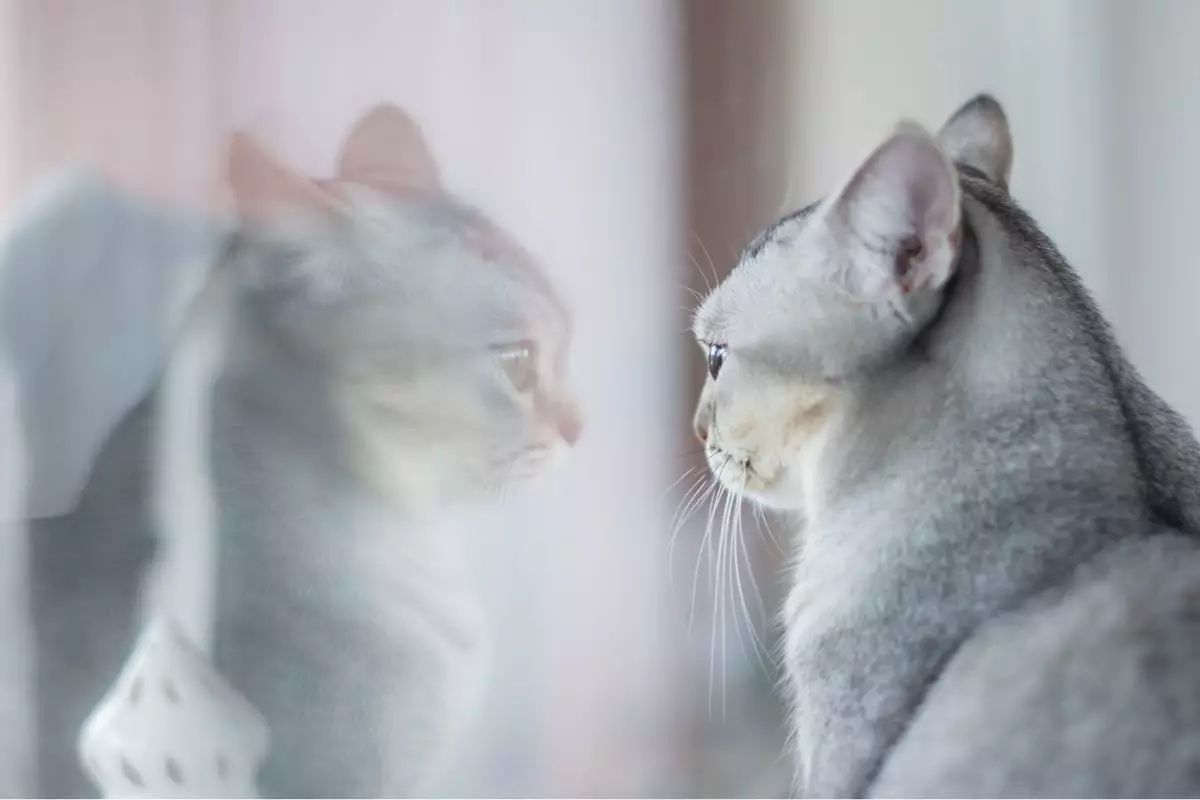Cats are often perceived as enigmatic creatures, thriving on independence and self-sufficiency. However, those familiar with feline behavior know that these seemingly aloof animals can form strong attachments to their human companions. When you step out of the house, your cat’s world shifts, and their emotions can be deeply impacted. Recognizing signs of their feelings while you are away is crucial for fostering a secure and loving environment. This article delves into the multiple ways your cat might express that they miss you, providing insight into their emotional landscape.
One of the first changes you may notice when you’re about to leave is an increase in your cat’s vocalizations. Cats possess a complex communication system, and heightened meowing could signify anxiety related to your impending absence. Such vocal expressions can vary from gentle calls to more frantic sounds that indicate they’re feeling unsettled. By tuning into these vocalizations, cat owners can gauge when their pets are stressed, allowing them to take actions to help alleviate their distress.
You might find your cat following you around the house as you prepare to leave. This clinginess can reveal a depth of attachment that often goes unnoticed. Your feline friend may try to be as close to you as possible, seeking comfort in your presence before you go. Understanding this behavior helps owners recognize their cat’s emotional needs, prompting them to provide additional love and reassurance before departure. Such small interactions can foster a sense of security in your pet, mitigating anxiety.
An evident sign your cat may be missing you can be seen during mealtime. If your usually voracious eater suddenly loses interest in food or does not finish their meal when you’re away, this might indicate an emotional struggle. Just like humans experience loss of appetite during stressful times, so too can our pets. Monitoring your cat’s eating habits can provide essential insights and allow you to adapt your routine to better meet their emotional needs by incorporating more interactive feeding techniques or engaging toys.
Returning home to find furniture scratched or household items displaced can be disheartening. Such destructive behavior often serves as an outlet for emotional angst. Cats that experience separation anxiety may engage in these actions as a misguided way to cope with their feelings of loneliness and boredom. Providing stimulating toys, climbing structures, or even companionship in the form of another pet could ease boredom and prevent anxiety-related behaviors.
Another subtle sign of an emotionally distressed cat is excessive grooming. Cats may lick their fur repetitively, leading to bald patches and irritated skin as they try to self-soothe through this behavior. High levels of stress can cause them to obsessively groom, and it’s crucial for owners to recognize these symptoms early. Introducing calming aids such as pheromone diffusers or creating a tranquil haven filled with cozy napping spaces can help alleviate this emotional strain.
Have you ever come home to find your cat sitting by the door? This behavior is a beautiful testament to their anticipation of your arrival. A cat who waits patiently shows that they feel a strong sense of comfort and safety when you are around. It illustrates not just the bond between pet and owner, but also how your absence can leave them longing for companionship.
It might seem baffling, but some cats may act indifferent or even hostile upon your return. This aloofness can be their way of expressing discontent over being left alone. In such cases, it’s essential for pet owners to approach them with understanding and patience. Establishing a routine of interaction—like setting aside special playtime—can help mend any feelings of neglect and reinforce your bond.
While cats possess a reputation for independence, their emotional needs are complex and multi-faceted. Paying close attention to behavioral signals—such as vocalizations, eating patterns, and companionship-seeking actions—provides a clearer picture of their emotional landscape. By recognizing and addressing these signs, owners can create an environment that fosters emotional well-being, ensuring their cat feels loved and secure, even during times of separation. The profound connections we share with our feline companions are built on trust and understanding, emphasizing the need for nurturing that bond every day.

